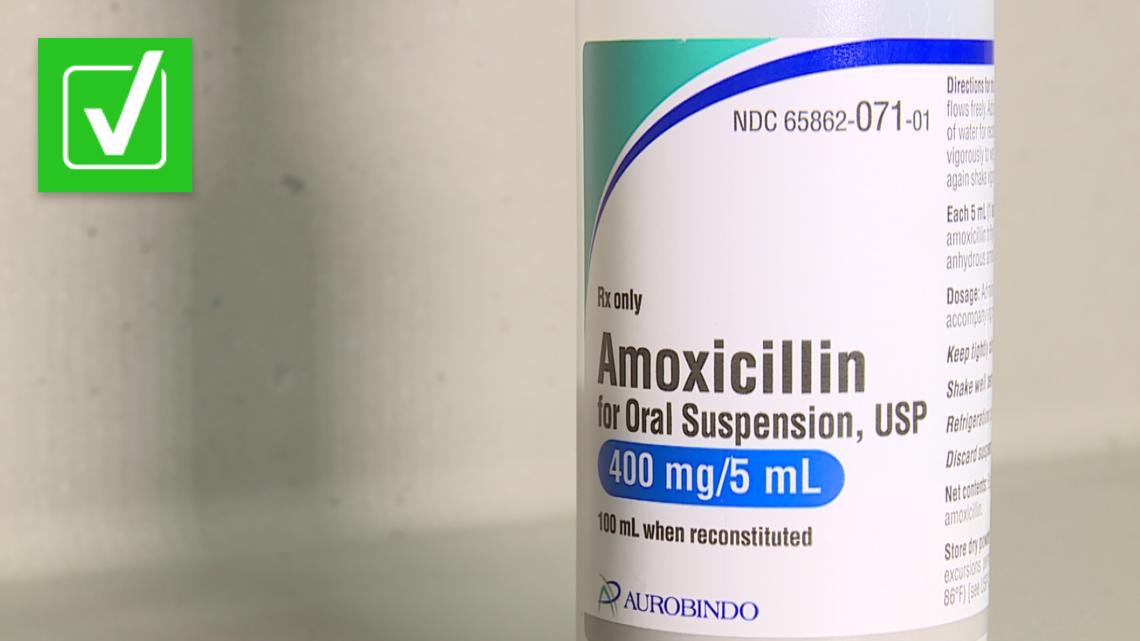As a pediatrician, I know that for parents of children on the Autism Spectrum Disorder (ASD), the search for truly effective, targeted therapies can be overwhelming. We must move past general approaches and look for biomarkers—measurable biological clues—that tell us exactly why a child is struggling.
One of the most promising areas in this pursuit is investigating a metabolic barrier that can be identified with a simple blood test: the Folate Receptor Autoantibody (FRAA) Test. This is a crucial step toward determining if your child is a candidate for a highly targeted therapy like Wellcovorin (leucovorin).
What Exactly is the FRAA Test?
Folate (a key B vitamin) is essential for rapid cell growth and healthy brain function. The brain gets its folate supply through a special “gate” called the Folate Receptor Alpha (FRα).
In a significant subset of children with ASD, this gate is blocked. The FRAA Test searches for autoantibodies—immune proteins that mistakenly attack and disable the FRα gate. This leads to Cerebral Folate Deficiency (CFD), meaning the brain isn’t getting the folate it needs, even if blood folate levels are normal. The FRAA test is our way of confirming this metabolic roadblock.
Why This Test is a Big Deal for ASD
Identifying this blockage is important because it suggests a treatable cause for symptoms like:
• Difficulties with verbal communication • Challenges in social interaction • Trouble processing sensory information • Reduced cognitive function • Motor coordination difficulties
If the test is positive, we can move toward a precision medicine pathway.
1: Significant Prevalence in ASD
The presence of these blocking antibodies is dramatically higher in children with ASD. Research shows that the rate of FRAA positivity in children with ASD is approximately 75%, which is over 19 times higher than in typically developing children.
FRAA POSITIVITY RATES COMPARISON CHART

2: Correlation with Symptom Severity
Studies have shown that higher FRAA titers (antibody levels) correlate with more severe autism symptoms. Children with the highest antibody levels tend to exhibit the most pronounced language delays and social communication deficits, suggesting a direct relationship between the degree of folate blockade and symptom severity.
3: Age-Related Patterns
Research indicates that FRAA positivity is particularly high in younger children with ASD (ages 2-7 years), with rates reaching up to 80% in this age group. Early identification during this critical neurodevelopmental window may offer the greatest opportunity for therapeutic intervention.
The Therapeutic Pathway: Wellcovorin (Leucovorin)
If the FRAA test is positive, we often consider Wellcovorin (leucovorin).
Leucovorin is a special, bioavailable form of folate that can bypass the blockade. It uses an alternative “back door” transport system (RFC) to deliver folate directly to the brain cells, circumventing the disabled FRα gate.
Strongest Treatment Efficacy
The FRAA test helps us predict who will respond best. In a leading randomized, double-blind, placebo-controlled trial, children who were FRAA-positive and treated with folinic acid showed significant improvements in verbal communication with a large effect size (Cohen’s d = 0.91) compared to placebo.
Response Rate in Positive Cases
Clinical trials demonstrate that approximately 60-70% of FRAA-positive children show meaningful clinical improvement when treated with leucovorin therapy over a 12-24 week period. This stands in stark contrast to many interventions that show minimal effect.
Broader Symptom Improvement
The benefits aren’t limited to language. Another 24-week randomized trial measured changes using the Childhood Autism Rating Scale (CARS). They found that folinic acid significantly reduced overall autism severity, with the most pronounced benefits seen in children who had high FRAA titers. This suggests improvements in overall core ASD symptoms.
Sustained Long-Term Benefits
Follow-up studies tracking children for 12-18 months show that therapeutic gains are not only maintained but often continue to improve with ongoing treatment. Families report continued progress in expressive language, social engagement, and adaptive behaviors well beyond the initial treatment period.
Biomarker Normalization
In responsive patients, cerebrospinal fluid (CSF) folate levels increase by 50-200% within 6 months of leucovorin treatment, demonstrating that the therapy successfully restores folate delivery to the brain. This objective biomarker change correlates with clinical improvements.
Safety Profile
Leucovorin therapy has demonstrated an excellent safety profile in pediatric populations. In clinical trials, adverse events were comparable to placebo, with the most common being mild gastrointestinal symptoms occurring in less than 10% of patients. No serious adverse events have been attributed to the treatment.
The Dairy Connection: An Important Co-Factor
Casein’s Role in FRAA Formation
Research has identified that milk protein (casein) may trigger or perpetuate FRAA production in susceptible children. Studies show that elimination of dairy products leads to a reduction in FRAA titers in approximately 40% of positive cases over 3-6 months, suggesting an immune-mediated mechanism related to dietary antigens.
Enhanced Treatment Response with Dietary Modification
Children who combine leucovorin therapy with dairy elimination show a 30-40% greater improvement in outcome measures compared to leucovorin alone. This synergistic effect suggests that addressing both the antibody burden and the therapeutic bypass yields optimal results.
Testing Logistics and Practical Considerations
Test Accessibility
The FRAA test is a simple blood draw that can be performed in any standard laboratory setting. Results are typically available within 2-3 weeks, making this a practical screening tool that doesn’t require invasive procedures like lumbar puncture.
Cost-Effectiveness
Economic analyses suggest that FRAA testing followed by targeted leucovorin therapy for positive cases is more cost-effective than broad-spectrum interventions, with estimates showing a potential reduction in overall autism-related healthcare costs by 15-25% over a 5-year period due to improved outcomes and reduced need for intensive support services.
Next Steps for Your Family
The FRAA test is a powerful diagnostic clue. I recommend discussing this specialized screening with me if your child fits certain profiles, such as having significant language delays or a history suggestive of underlying metabolic issues.
If testing is positive, we discuss leucovorin therapy. This treatment also often involves supporting dietary changes, such as eliminating dairy (casein), as this can further help remove the folate blockade.
This approach allows us to address a specific, modifiable metabolic dysfunction rather than just managing symptoms. Let’s schedule a time to discuss if this important investigation is the right step for your child.
References Available Upon Request
This blog post is for educational purposes and should not replace individualized medical consultation with your child’s healthcare provider.




